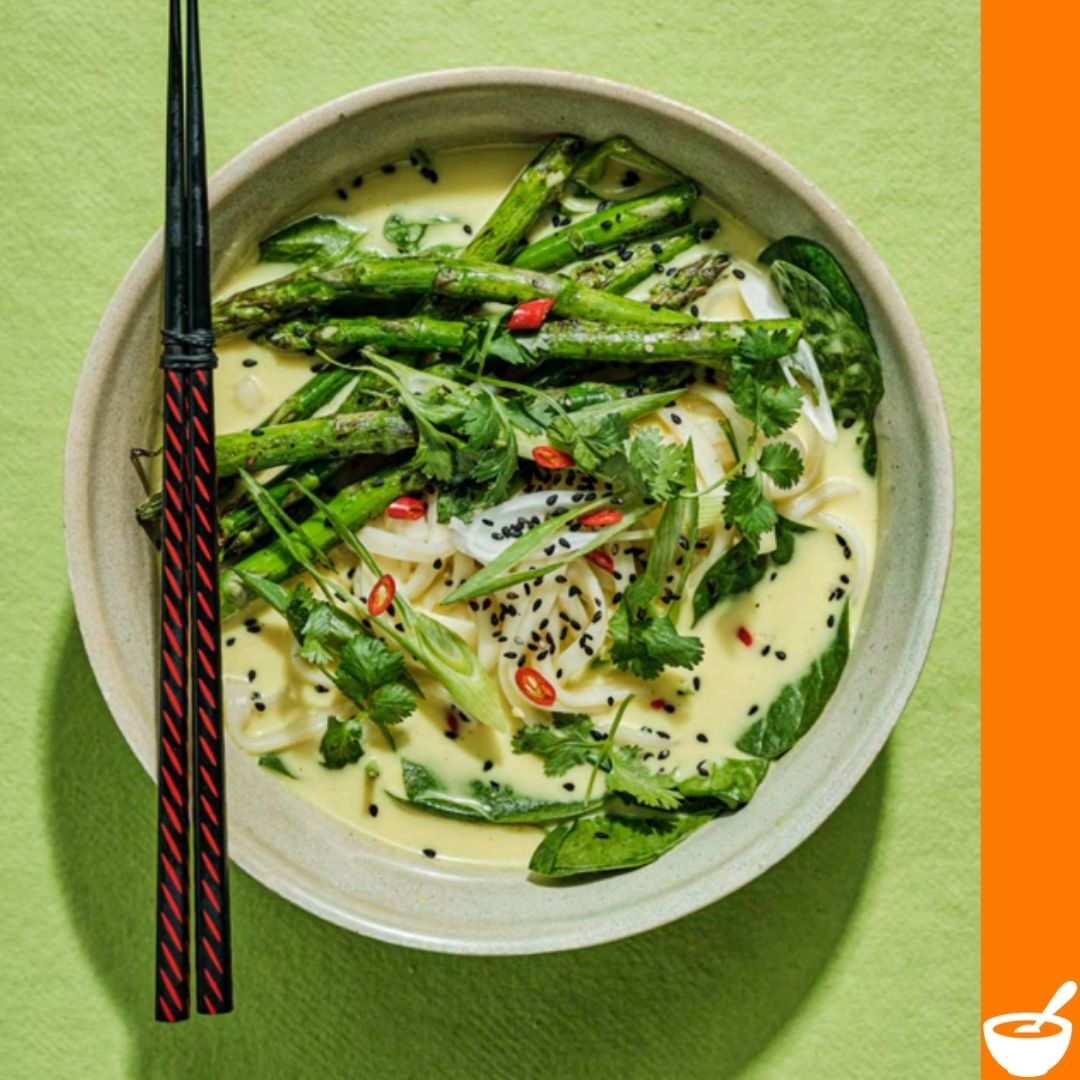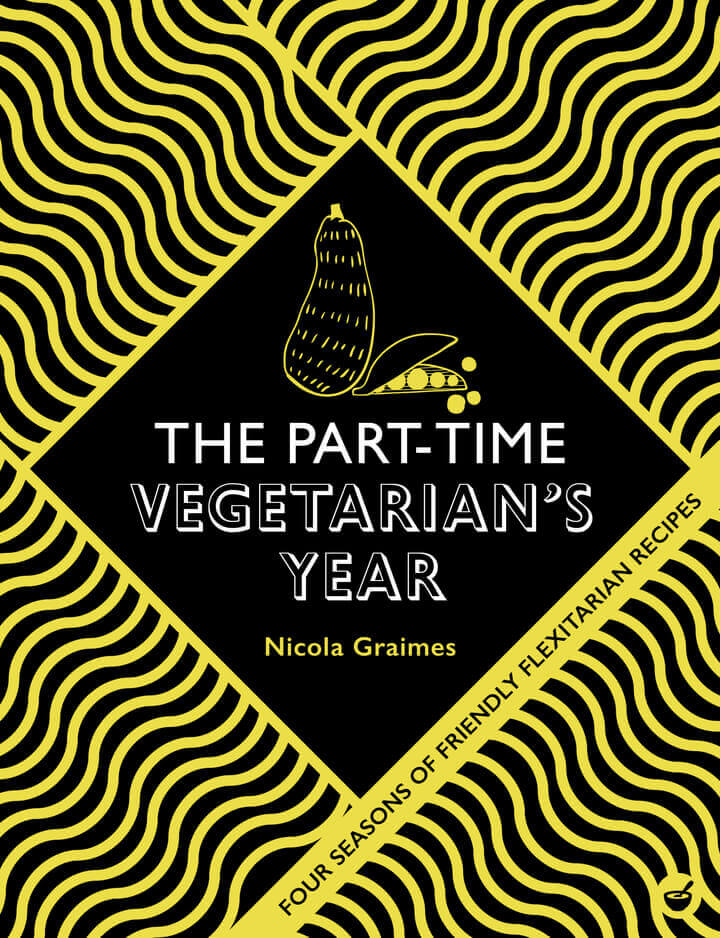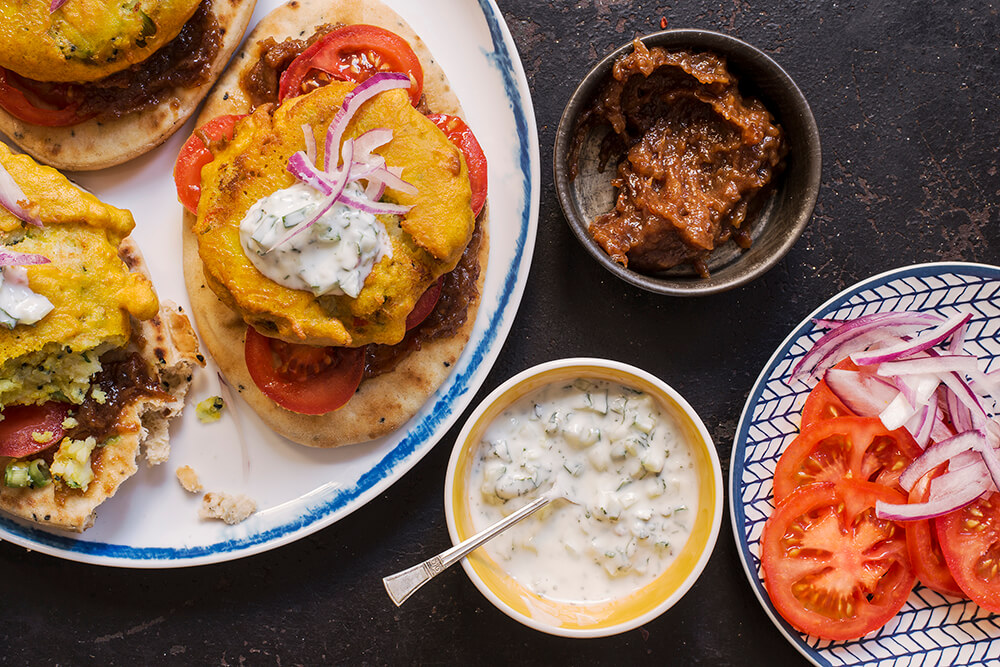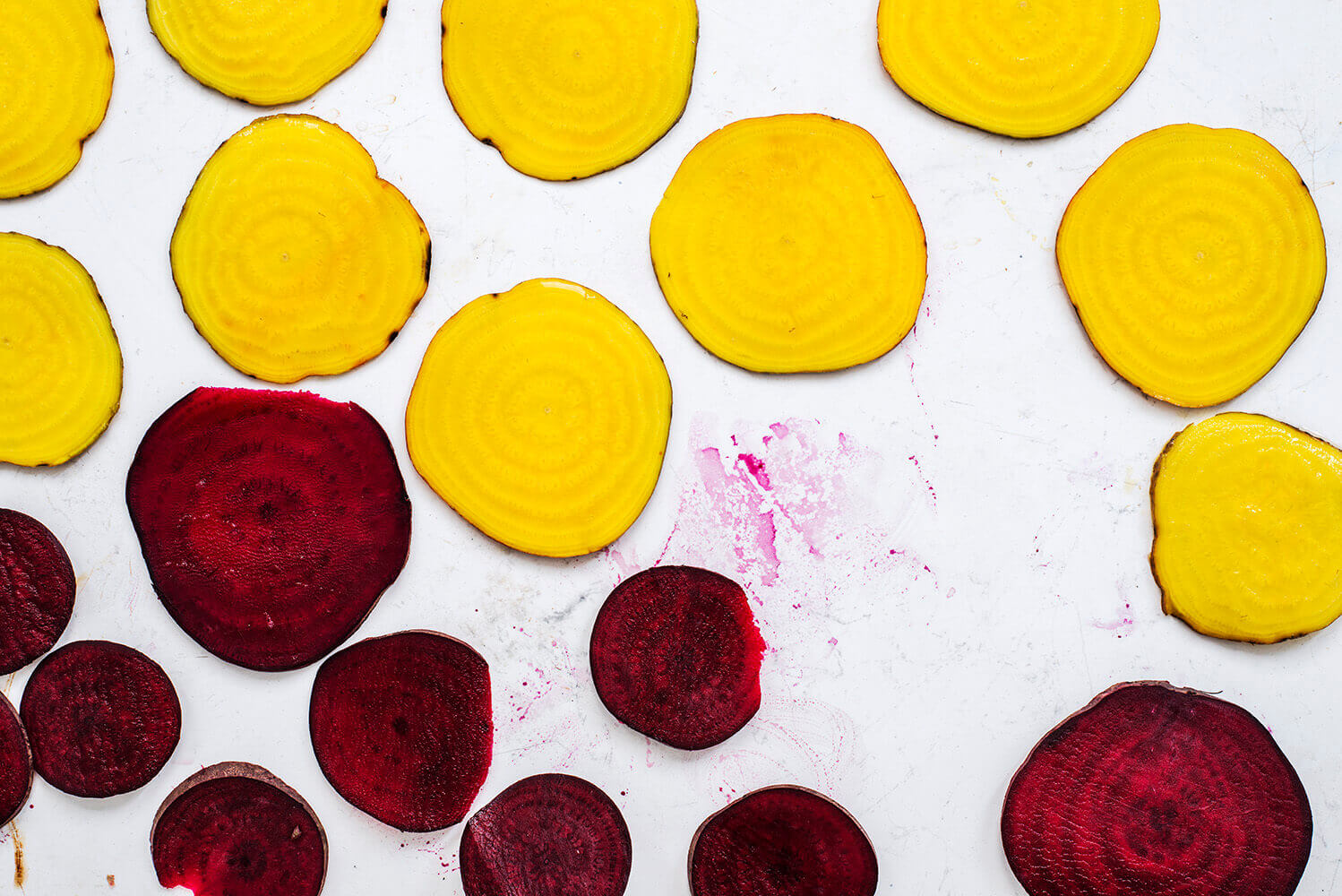
Rejuvenating Coconut and Spinach Broth
Light, bright and nourishing! This wholesome recipe was taken from The Part-Time Vegetarian’s Year by


Light, bright and nourishing! This wholesome recipe was taken from The Part-Time Vegetarian’s Year by

The Part-Time Vegetarian’s Year by Nicola Graimes is available to buy NOW! – How things have

Extract from The Part-Time Vegetarian by Nicola Graimes An Indian twist on the regular veggie


Watkins Media Limited
Shepperton House unit 11
89 Shepperton Road
London, England
N1 3DF

Watkins Media Limited
Shepperton House unit 11
89 Shepperton Road
London, England
N1 3DF